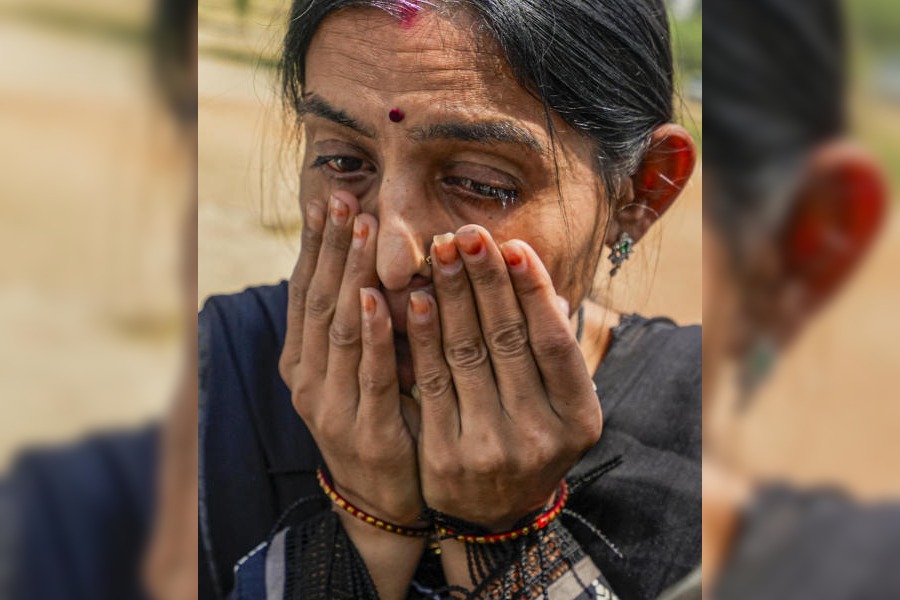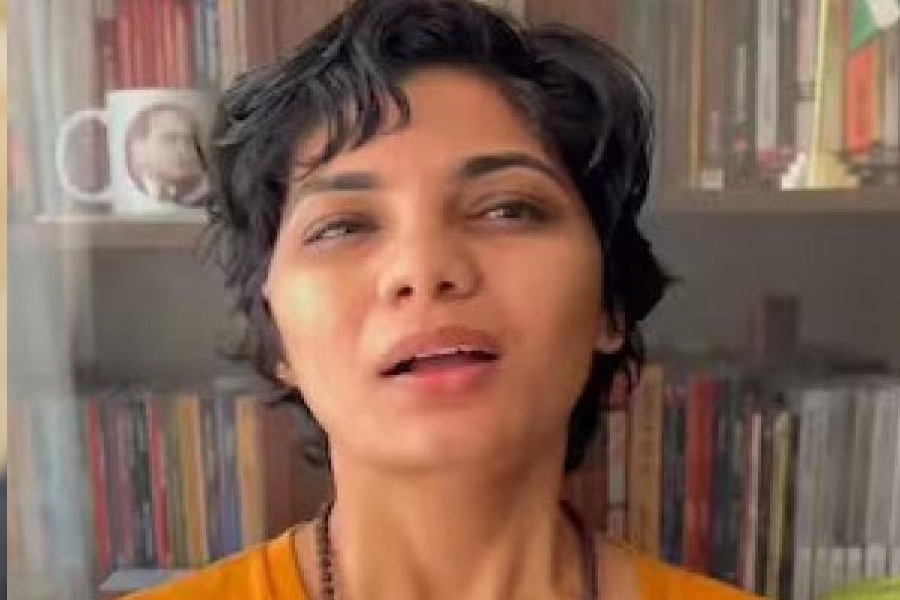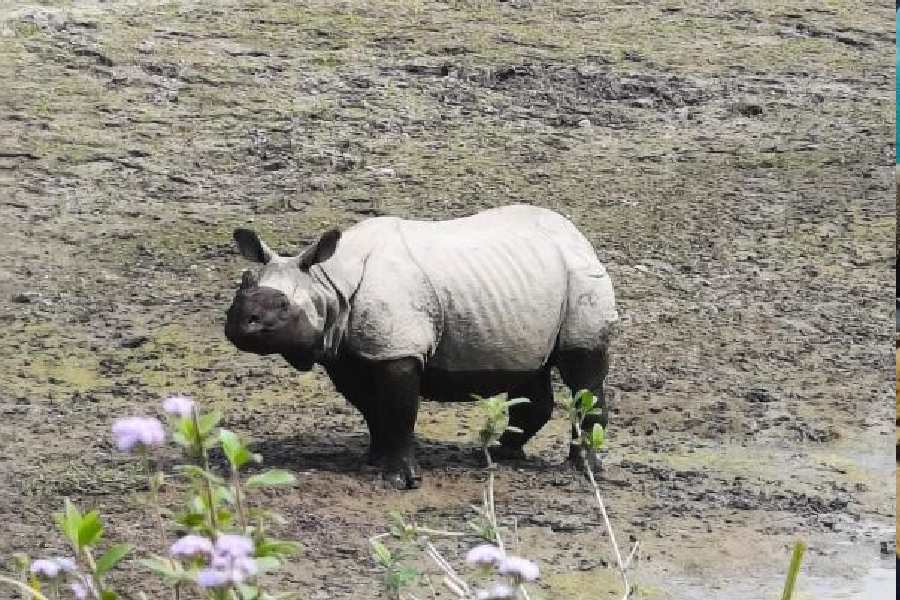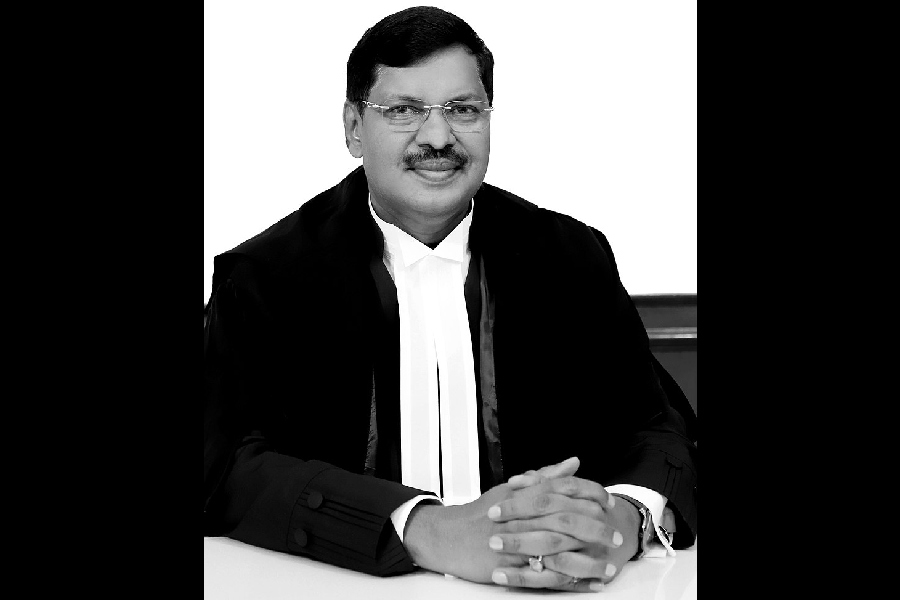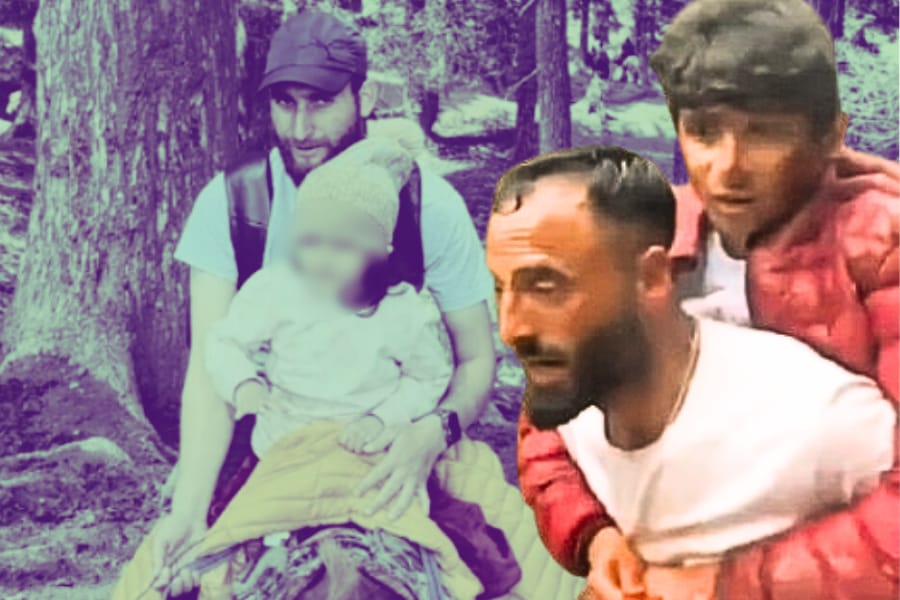 |
 |
| DEATH CALL: Protestors demand death for the rapists of the 23-year-old Delhi student |
President Pranab Mukherjee is a busy man these days. In less than seven months of his tenure as the head of state, he has endorsed the death penalty for seven convicts. Two men have been hanged in the last three months.
The hangings were marked with widespread jubilation. Last week, when Afzal Guru, convicted in the 2001 Parliament attack case, was executed, hordes of people came out to the streets to celebrate. The death of Ajmal Kasab, the sole surviving terrorist of the Mumbai 2008 attacks, was greeted with similar elation in November.
Suddenly, Indians are baying for blood. Across the country, an outcry for harsh punishments, including death, rents the air. The gang rape and death of a 23-year-old woman in Delhi in December was followed by a nationwide demand for death for the rapists and redefining the age of juveniles involved in crime from the current 18 to 16 as one of the alleged accused was said to be a minor.
“Society now believes in the eye-for-an-eye policy,” says social scientist Dipankar Gupta. “It is a popular sentiment universally. But in India it has gathered momentum like never before.”
Anger and revenge are seemingly the mantra of the Indian middle class today. Author Salman Rushdie maintains that people have started defining their identity based on hate.
 |
| Others celebrate the hanging of Afzal Guru |
“People believe their identity is not defined by what you love, but by what you hate or are offended by. It is a spreading problem,” Rushdie said at a recent media interaction in Delhi. The writer was not allowed to attend the 2012 Jaipur literature festival, and advised not to visit Calcutta — where he was to take part in a literary meet — by the state government, which cited security concerns.
“We have been living with prejudices. Now we seem to be expressing the pent up frustration and anger too often,” says former Delhi additional commissioner of police Gautam Kaul.
Unbridled anger finds place in the language of the leaders too. Earlier this week, Maharashtra Navnirman Sena leader Raj Thackeray urged the people to cut off the hands of migrants committing crimes in the state. West Bengal chief minister Mamata Banerjee told a photographer that he needed to be slapped, and cops that they ought to be whipped. Hyderabad-based politician Akbaruddin Owaisi has been abusing Hindus, while Vishwa Hindu Parishad president Praveen Togadia has been spewing hate against Muslims.
“I am the voice of aspiration of Hindu nationalists,” says Togadia. “Others are spreading violence and we are being defamed,” he adds.
The expression of anger has extended to the social media too. Facebook, for instance, is full of pages upholding the death penalty — such as “Kill Kasab or let me kill him” and “If they can’t, then I will kill Kasab and Afzal Guru for free”. The tweets that followed Guru’s death included “Hey Afzal Guru How’s Hell treating U? & Did u Meet Kassab??”
The violence is not limited to social sites. In Delhi last week, people celebrating Guru’s execution clashed with a group of protestors. Rights activist Gautam Navlakha was roughed up by those supporting the death penalty, and his face blackened. The police detained a few rights activists but not the clashing group — members of the Bajrang Dal. “The government is appeasing the rabble rousers, the self-appointed champions of morality,” fumes Navlakha.
In the growing movement for retribution and revenge, tolerance — once the hallmark of the average Indian — seems to have taken a toss. “When a person is not worthy of compassion, that is when we should give compassion,” reasons filmmaker Mahesh Bhatt. “Are we the same society as that of peace-loving Gandhi and Guru Nanak,” he asks.
Questions are also being raised about the role of political parties in fuelling this anger. Is the Congress playing to the gallery with swift executions, with an eye on the 2014 general polls? “That’s stupid,” retorts Congress leader Mani Shankar Aiyar. “The Supreme Court verdict on Guru was out in 2006 and there was a general election in 2009. If the government had a political motive in mind, it would’ve executed him before the 2009 polls.”
The Bharatiya Janata Party (BJP) too pooh-poohs allegations that it’s fishing in troubled waters by trying to fan public anger. “We had simply asked the government to abide by the Supreme Court decision (on Guru’s death sentence),” says BJP spokesperson Nirmala Sitharaman.
Observers believe there are good reasons why Indians are angry. Prices have skyrocketed, squeezing the middle class. Corruption, while always rife in India, is taking dramatic turns. High profile scams — including during the Delhi Commonwealth Games and the 2G scam, both involving senior politicians — are making headlines. And the State, often, is seen as unresponsive.
“The government doesn’t care to respond to the demands of people for even basic amenities. There are many instances of state atrocities against the people. All this often forces people to take the law into their hands,” holds sociologist Nandini Sundar.
Not surprisingly, the middle class is no longer silent. Columnist and consultant Suhel Seth describes it as “consumer angst”, while social commentator Santosh Desai believes that the voice of every individual has turned into a “mob voice” today. “The moment I vent my outrage, I need a price in the form of violence for my tormentor. It doesn’t matter whether he is directly responsible for my misery or not,” Desai says.
How is all this affecting society? For one, public backlash is muzzling the voice of dissent. “Unfortunately we don’t believe in dialogues and discussions anymore,” rues senior Supreme Court advocate Pinky Anand.
Social scientist Ashis Nandy — who stirred up an ugly row when he spoke about corruption and caste at a literary meet — refused to comment when contacted by The Telegraph. “We are becoming a very violent society,” he agreed. “But I am sorry I have been asked by my lawyers not to open my mouth.”
Many believe that knee-jerk reactions seldom offer solutions. For instance, earlier this month, in response to the Justice J.S. Verma committee on legal reform on sexual crime, the Cabinet passed an ordinance proposing death as the maximum punishment for brutal rape cases. The hurriedly formed ordinance, critics point out, didn’t take into account serious issues such as marital law.
With angry crowds demanding swift justice, another cause of concern is the quality of justice. While the legal and rights community has often expressed concern over the slow pace of justice, it is equally worried about fast-track courts that mete out justice in a matter of days. In January, a Delhi fast-track court awarded the death penalty to a 60-year-old man after a 10-day trial for raping and killing a minor. In September last year, a Hoshiarpur sessions court delivered a death sentence after six hearings.
Death sentences — which legal luminaries have stated should be awarded only in the “rarest of rare” cases — are now more the norm than the exception. Recently, the Bombay High Court upheld the death sentence of two accused for raping and murdering a call centre employee in Pune in 2007. In January, a Supreme Court bench sentenced a man to death for the murder of a seven-year-old boy, taking into account the fact that the boy was his parents’ “only male child”.
“Earlier granting executions was rare, but now it seems to be the norm,” agrees Nirmalangshu Mukherjee, professor of philosophy, Delhi University, who was one of the key figures fighting the death penalty against Guru. “A regressive authoritarian government always depends on the cloud of ignorance and hysteria of its people, which is the case now.”
Some observers worry that India is going against global trends. Across the world, more and more countries are doing away with the death penalty. According to Amnesty International, 140 nations including Australia, New Zealand and France have abolished death. But India is among the 39 that recently opposed a UN resolution to that effect.
Even on the issue of juvenile age — raised from 16 to 18 in India after intense lobbying by child right groups — efforts are on to turn back the clock. On February 5, the government promised to look into the demand for reducing the age of juveniles for heinous offences. On the same day, the Supreme Court agreed to hear a petition on the subject. “But you can’t do this (lower the age) just because of one case,” argues filmmaker Bhatt.
On the flipside, many believe that anger on the streets is not a negative development. “People are conscious of their rights and are asking uncomfortable questions. They are expanding the space for talk and justice,” says Kavita Krishnan, secretary of the All India Progressive Women’s Association.
“The anger is not always misdirected,” agrees human rights lawyer Nandita Haksar. “The very fact that the whole nation protested after the Delhi gang rape incident shows that people are raising their voices against violence.”
The effects of discord will show over the years. But right now it seems the argumentative Indian has just turned angry. Very angry.





